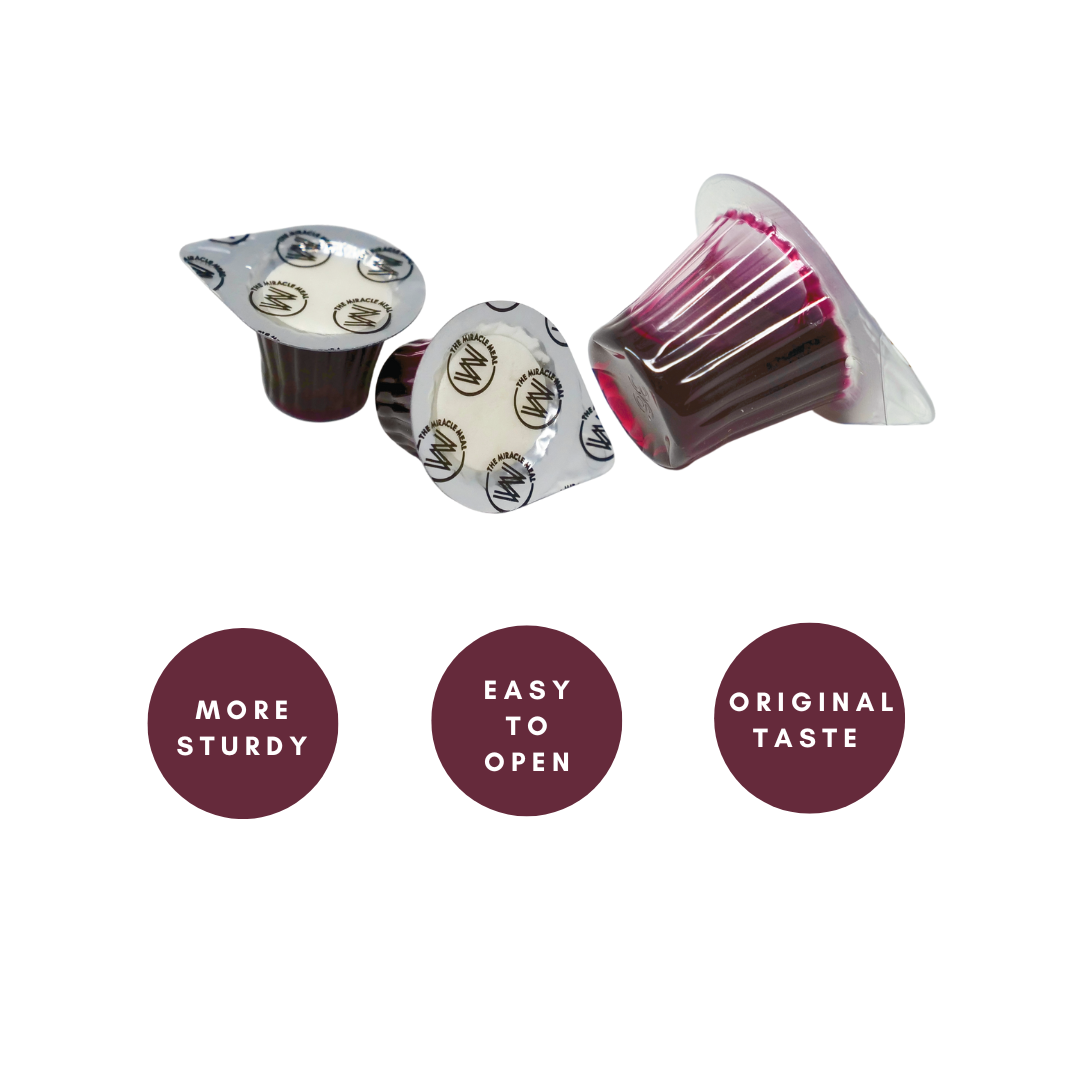What Is The Cup For Communion Called?
Communion is a deeply reverent practice in many Christian denominations, involving bread and wine to honor Christ’s sacrifice. For many believers, it’s among the most sacred traditions. Yet people often wonder about the name and role of that special container used during the service.
This article explores the background, evolution, and present-day use of the holy vessel. Understanding its cultural and spiritual relevance sheds light on why it remains a vital component of Christian gatherings worldwide.
The Historical Significance of This Sacred Vessel
In early Christian communities, bread and wine were powerful symbols of Jesus’ Last Supper. Over the centuries, the wine’s container gained special status, often made of fine metals and adorned with intricate designs. Even in brief mentions, it’s clear this cup stands as more than a simple vessel—it’s a tangible link to faith traditions spanning centuries.
Many ask about the official name given to the cup used during the Lord’s Supper, which is commonly called a chalice. Sometimes, it’s referred to as the communion cup by various denominations. Regardless of terminology, it serves the same purpose: carrying the emblem of Christ’s blood, a sacred element shared among believers.
Throughout history, chalices have shifted in style, shape, and material, reflecting cultural and artistic influences. Despite these changes, their core significance endures: uniting congregants in remembrance of Christ’s ultimate sacrifice. While appearances vary, the awe they inspire has remained a consistent thread in Christian worship around the globe.
Modern Types and Practical Benefits
In contemporary worship, not all churches use an ornate metal chalice. Some prefer glass or ceramic, while others choose individual servings for hygiene or convenience. Whether people are pondering, “What do we call that container for the wine?” or wondering about the formal title for the vessel that holds the consecrated element, today’s communion vessels reflect a balance between tradition and modern-day needs.
Individual cups emerged as a sanitary measure when congregations grew larger. This approach streamlined distribution, easing the burden on volunteers who once had to refill a single chalice for every participant. Over time, disposable cups offered even greater flexibility, allowing the sacrament to unfold smoothly without sacrificing reverence.
Ultimately, selecting a cup type hinges on blending respect for heritage with modern practicality. Whether it’s a relic fashioned from precious metals or an eco-friendly plastic design, the heart of communion remains unwavering. By choosing what best suits their environment, congregations can uphold the sacredness of the moment in ways that resonate with members.
How Pre-Filled Options Simplify the Service
An increasing number of churches have embraced sealed servings that combine wafer and juice for minimal mess. The sturdy, recyclable plastic design also reduces noise during distribution, preserving the reflective atmosphere. With a shelf life of up to a year, these cups let congregations prepare in advance and serve a broad range of congregants effortlessly.
A two-layer lid, first revealing the wafer and then the juice, makes this approach both convenient and hygienic. Spills are less likely, and individual participants can partake at their own pace or in unison. This flexibility supports various worship styles from small Bible studies to large conferences seeking a streamlined communion process.
Pre-filled solutions are particularly invaluable for events, youth groups, and outreach programs with limited volunteer availability. Less setup allows more focus on prayer and fellowship, rather than logistical details. Though the method is modern, it aligns with tradition by safeguarding the sacredness of the sacrament while adapting to the practical realities of today.
Conclusion
From historical chalices to pre-filled cups, the vessel used to serve the wine or juice remains a central piece of Christian commemoration. Whether fashioned from precious metals or simple plastic, its purpose is to unify believers in Christ’s remembrance.
For anyone seeking a more convenient yet reverent approach, we invite you to visit our online store at The Miracle Meal, where pre-filled cups with a one-year shelf life and effortless preparation await. Let our simple packaging and quiet opening enhance your next communion gathering.





